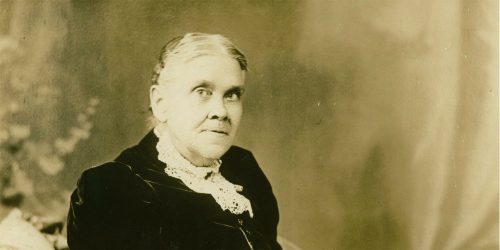
Given the importance of education to the church, we who are older need to take a larger interest in our young people and our church schools. We not only must support them with our funds, but also help them become what they can and should be.
Spiritual revival in the church and its teachings had led in the 1890s to call for a similar reformation in Adventist education. The denomination’s schools were to be both more specifically Christian and Adventist than they had been in the past.
Ellen White’s numerous testimonies on education during her Australian years continued to give direction to the Avondale School. Furthermore, living adjacent to the campus during its formative stages, she was able to take part in developing the institution in a way that was unique in her experience. Beyond that, W.W. Prescott, who had collected and edited the manuscripts for Christian Education (1893) and Special Testimonies on Education (1897), spent several months on the campus in the mid-1890s. During that period, he and Ellen White had extended conversations on Christian education. They both benefited by being able to come to a fuller grasp of the implications of the testimonies and how one might implement their principles. She wrote to her son, Edson, that Prescott drew out her mind and thoughts as her husband had done earlier. Their conversations, she claimed, enabled her to clarify her thinking and to say more than otherwise. “We could see some matters in a clearer light” (MS 62, 1896).
Not only did the Avondale experiment help place the Bible, student spirituality, missions and service to others at the focal point of Adventist education, it also urged it to be rural wherever possible. Thus, in place of the few acres at the edge of town that had sufficed for Battle Creek College, the new institution would be established on the 1,500-acre Brettville estate in a rural location. The acreage and rural location not only allowed the students to be away from the problems of the city and close to nature, but it also provided the school ample room for the teaching of practical skills for the world of work. Adventist education would never be the same after the establishment of Avondale. Not only did the denomination now have a massive amount of material on educational ideals from the pen of Ellen White, but it had a real-world model that it could pattern after in other parts of the world.
Given the importance of education to the church, we who are older need to take a larger interest in our young people and our church schools. We not only must support them with our funds, but also help them become what they can and should be.
George R. Knight is a retired professor of Church History at the Adventist Theological Seminary at Andrews University. This article is from his book, Lest We Forget, a daily devotional, published by the Review and Herald Publishing Association, p. 307. Reprinted with permission.